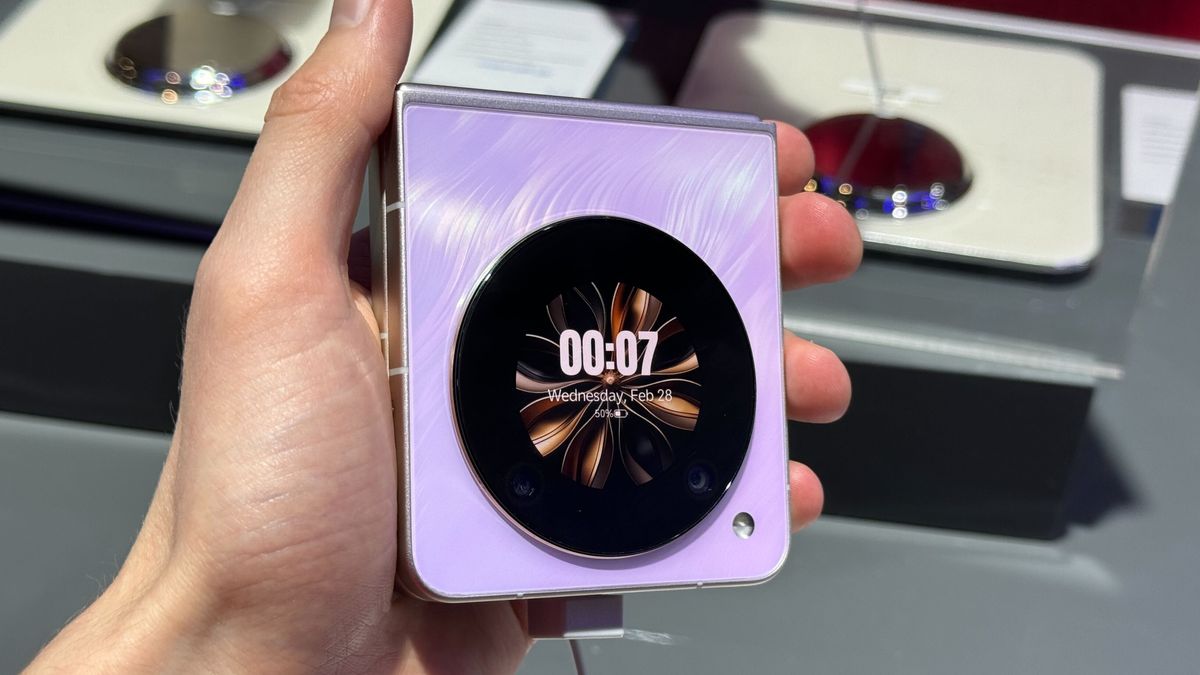Today, we know two things to be true when it comes to business and innovation: our world is driven by customer experience and the pace of change is relentless. This is especially true when considering the contact center as the tip of the spear in this digital, customer-centric world we find ourselves in.
The contact center is no longer just about voice: it is about omnichannel, inbound and outbound, ubiquitous AI, workforce solutions, and so on. All of these components deeply impact the way companies deliver customer experiences, but they are also extremely disruptive. The more disruptive the innovation, the more exhausting it is to pursue it. For organizations in highly complex and data-sensitive industries, I would argue that this level of innovation seems unfeasible. Not only does it aggravate business management, but it is a fundamental business risk that they cannot assume in such delicate circumstances.
Companies can't bury their heads in the sand and ignore change, but they also can't risk disrupting everything they have in place, especially without knowing with certainty that their efforts will generate tangible results in business performance. To understand this dynamic (and how to address it), it is important to understand the “J-curve” effect.
President and CEO of Avaya.
Understanding the “J Curve” Effect
What is the opposite of burying your head in the sand? Pursuing innovation at full speed, regardless of the implications. For large companies with complex, custom systems, this typically means multi-year transformation projects that are incredibly disruptive (and therefore fatiguing). Imagine this is the bottom of the “J.”
But that's how it works, right? It's almost become an accepted fact that companies will see worse performance over a period of time, so you can get to the good on the other side. Companies jump into these projects thinking they won't be that bad, when in reality they can continue for years with research showing a 70% failure rate.
Let's take it back to the contact center. The voice infrastructure in most enterprise contact center environments is tailored to each workflow. The last thing you want to do is remove it completely to access the shiny new tools you want to access: cloud, artificial intelligence, etc. Instead, you want to augment your existing environment, adding additional voice, chat, and social media channels. and digital, while AI tools are widely deployed everywhere.
As today's business and technology landscapes drive relentless change fatigue, it's common for companies to get stuck at this deep end of the “J.” How can you stay in an environment where you get the innovation you need at your pace without suffering this pain? That's what innovation without disruption is all about.
Seamless innovation: stay in control with immediate time to value
Innovation is good and necessary, but not all paths or routes to innovation are worth it. In my opinion, innovation without disruption is the best way to think about how to pursue and consume innovation. Challenge current common notions about business transformation:
1. It is not necessary to risk resilience to consume new technology. Instead, you can continue to operate seamlessly while consuming innovation at your pace, reducing change fatigue, reaching the J-curve climb faster, and delivering tangible business performance results.
2. You don't have to eliminate what works in your business to get what's cool. Instead, your core CX platform or contact center acts as an integrator for new innovations.
3. You don't need to drag your business towards innovation and risk disruption. Let innovation come to you, specifically by working with partners who can provide an integration experience that allows the company (and its end users) to consume new technology in a way that makes sense for its business.
Successfully managing innovation means finding the right balance. The enthusiasm for new technologies is clear, but the challenges they pose cannot be ignored. Companies must adopt strategies that allow them to adopt new changes without undermining those they already have.
By integrating solutions gradually and carefully, companies can avoid the setbacks often seen with rapid change, moving toward sustainable growth that not only introduces new tools but also improves business performance. This “innovation without disruption” strategy offers a practical way forward, helping companies innovate at a manageable pace while keeping core operations stable and effective.
We have listed the best call center software.
This article was produced as part of TechRadarPro's Expert Insights channel, where we feature the best and brightest minds in today's tech industry. The views expressed here are those of the author and are not necessarily those of TechRadarPro or Future plc. If you are interested in contributing, find out more here:








